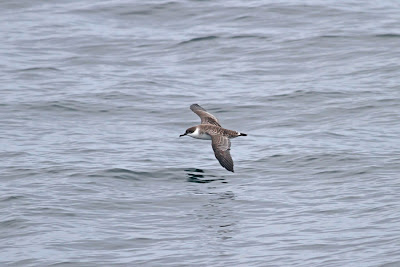Avoiding Seasickness
Nearly everyone's been there. Even your most seasoned pelagic veterans can recall the days on which they all-too-quickly transitioned from the excitement of embarking on a pelagic journey to that dreadful feeling of nausea and vomiting - the worst part being that you're usually several hours from returning to land when it begins. Suddenly, death by voluntary drowning doesn't seem like such a bad option. I've had my moments, though just a few. Luckily it has been quite some time, but every now and then I might start to feel a bit off and have to fix things before they get out of hand. Yes, it is possible to reverse seasickness, at least in its earliest, mildest form. But first let's talk about prevention. Since most people are (or were) prone to seasickness in some form, and because everyone is different, you may receive five different tips on prevention from five different people. I'll share my own, in order of descending importance. 1) BE WELL-RESTED. For...

